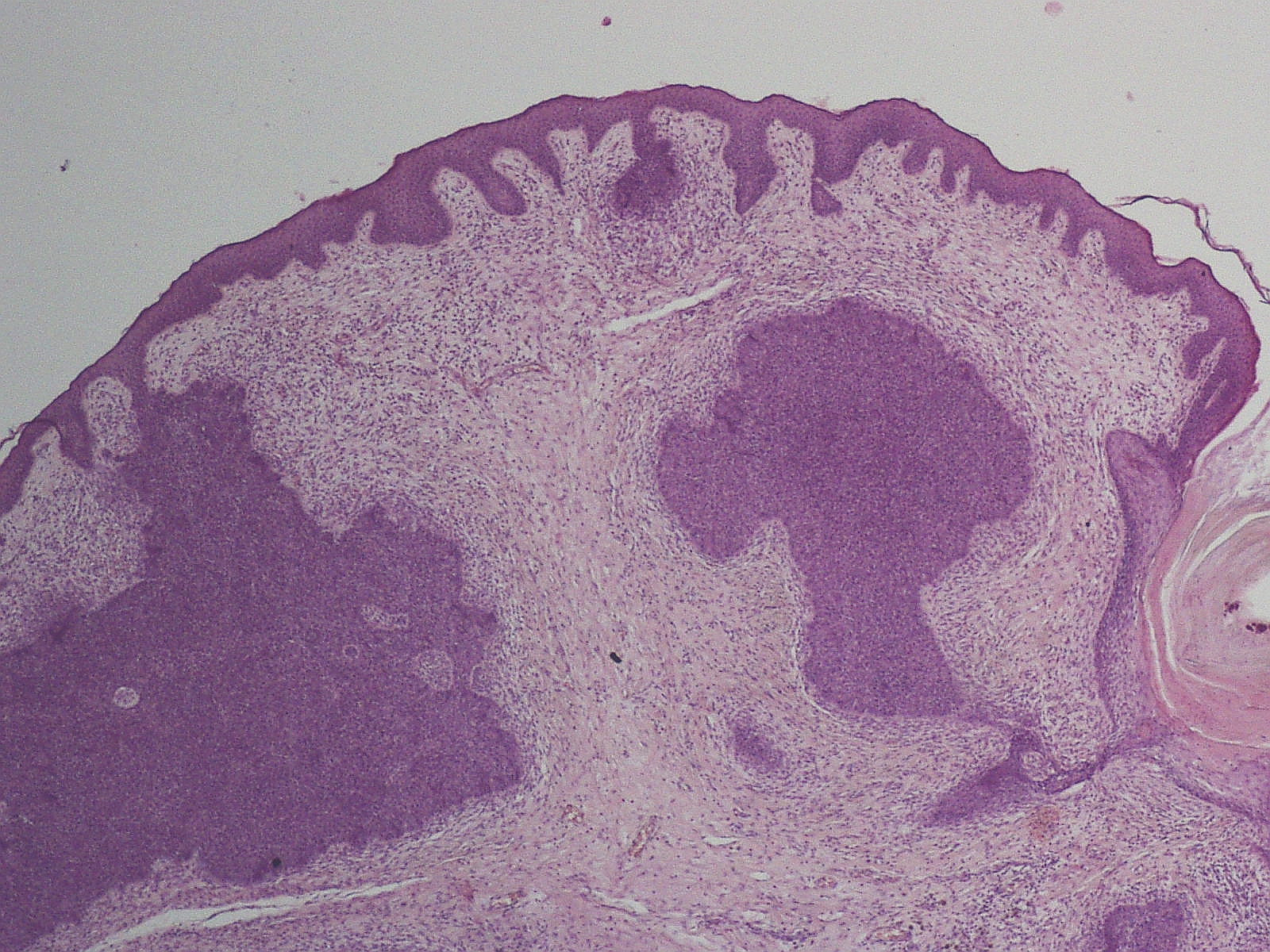Causes and treatment of tumours

In 1910, Peyton Rous filtered cells from some malignant connective tissue that had appeared spontaneously in a chicken. This filtrate was injected into healthy chickens, which then developed similar tumours. His experiments showed that the filtrate contained the cancer-causing agent. This eventually became known as Rous sarcoma virus. Although its significance was not clear at the time, this was the first virus known to transform normal cells into cancer cells.
22 years later, a papilloma (a type of benign skin tumour), was transmitted between rabbits using cell-free extracts. Rous showed that these benign tumours could become malignant following exposure to certain chemicals. He proposed that the transformation of normal cells into cancerous cells may consist of several stages, such as virus-exposure, hormonal changes or exposure to chemical agents.
While the theory of tumour progression was readily accepted, it was not until the 1950s that the role of viruses as cancer-causing agents was recognised.
In contrast, Huggins’ work, which found that the growth of tumours was dependant on the natural hormones of the body, found immediate application.
Studying the prostate gland in dogs, he found that its function was stimulated by male sex hormones and inhibited by female sex hormones. He believed that the human prostate would react to hormones in a similar way, and that cancerous cells retained some properties of their cell type, suggesting that reducing male sex hormones or increasing female hormones could treat prostate cancer. Therapeutic results confirmed these assumptions: the human and dog prostate behaved similarly. Even patients with only a short time to live showed improvement from this new type of treatment, which had fewer side effects than other therapies.
Last edited: 6 November 2014 16:32
